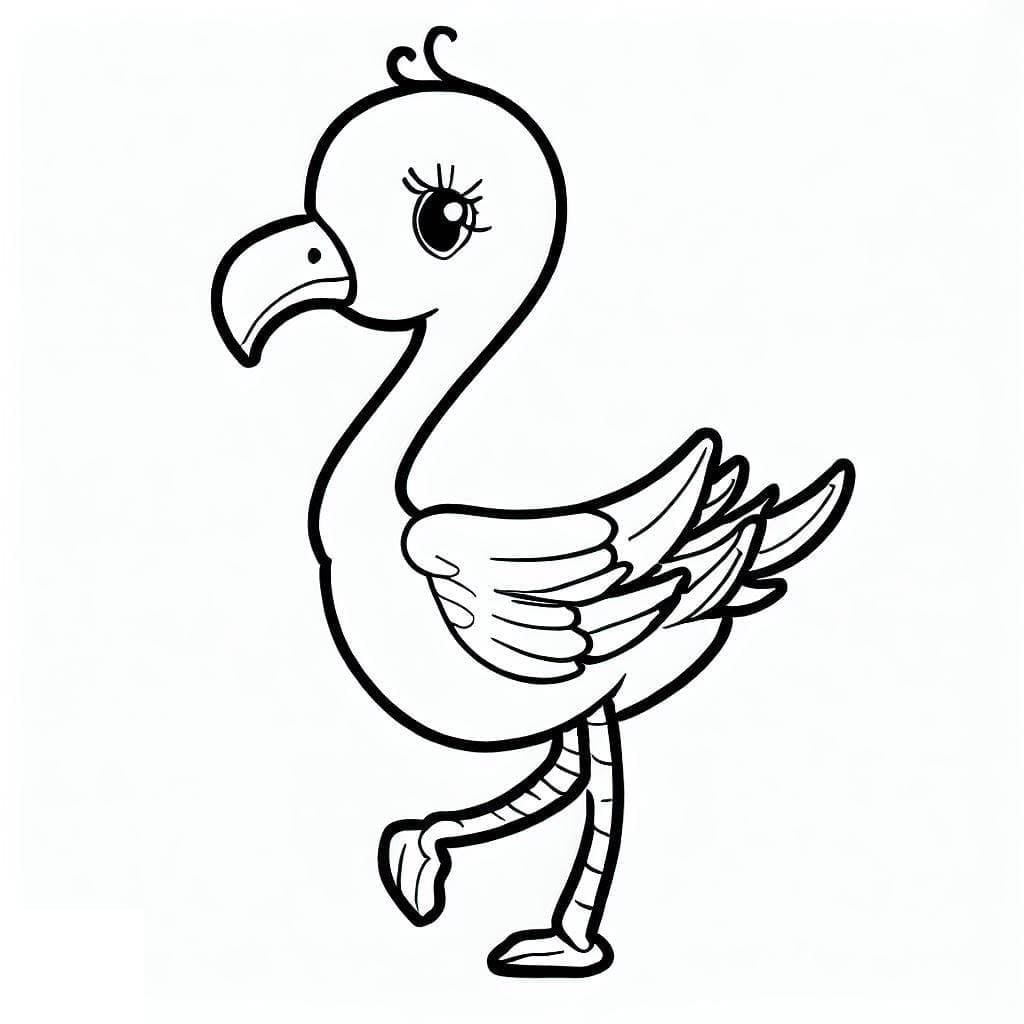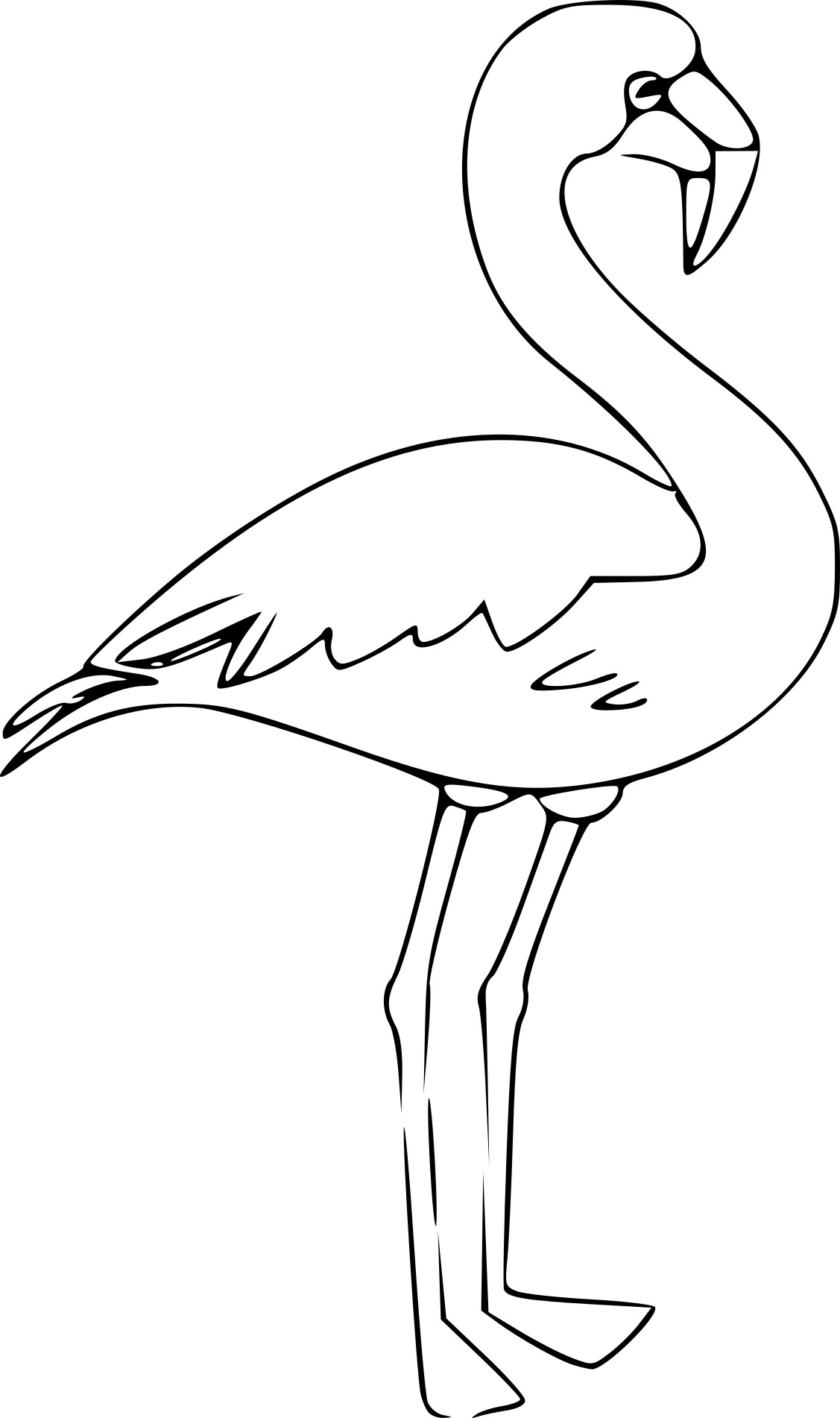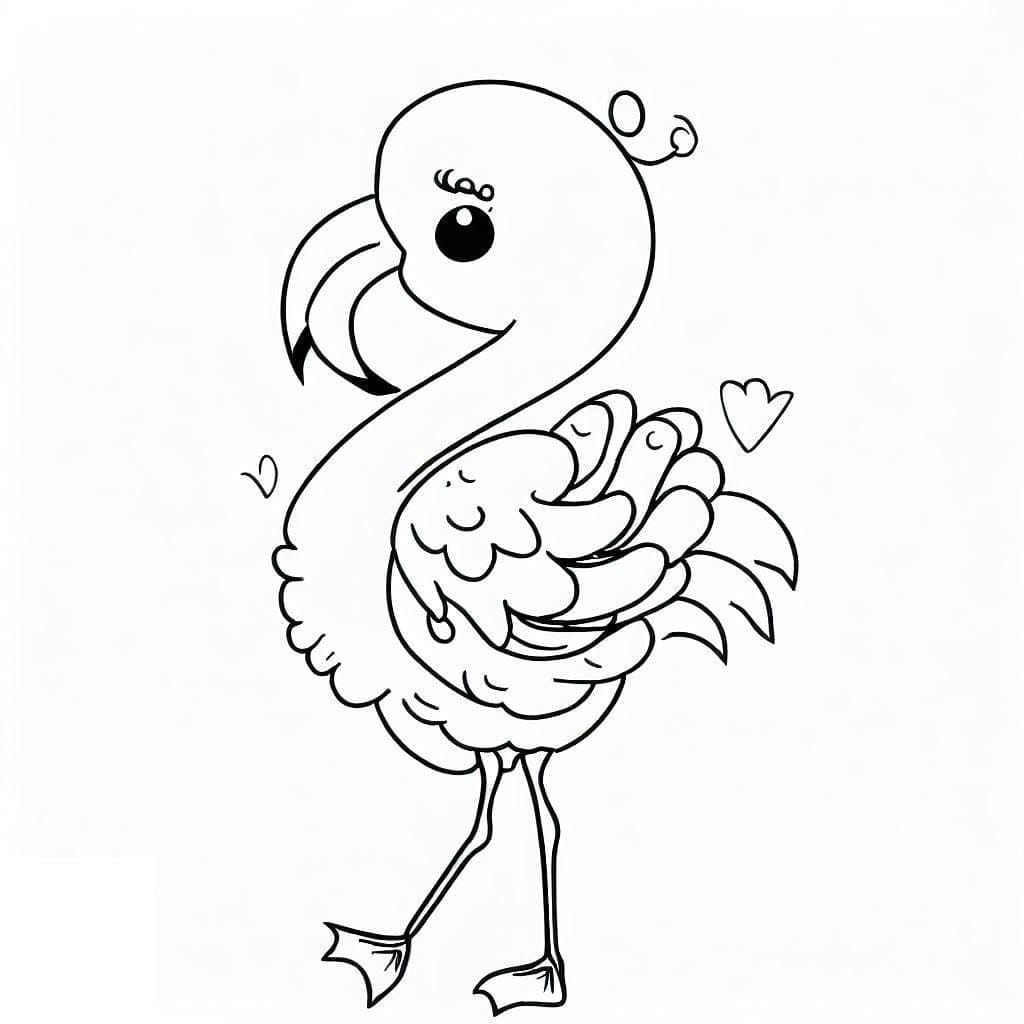Bébé Flamant Rose: The Ultimate Guide To The Cutest Baby Bird
Let's talk about bébé flamant rose, or as most people know them, baby flamingos. These adorable pink bundles of joy have taken the world by storm with their quirky charm and unique features. Who doesn't love watching these little creatures waddle around, looking like they just stepped out of a cartoon? But there's so much more to these baby flamingos than meets the eye. In this article, we're diving deep into the fascinating world of bébé flamant rose, uncovering everything you need to know about these incredible birds.
Now, you might be wondering why bébé flamant rose deserves all the attention. Well, it's not just about their pink feathers or awkward teenage phase. These birds play a crucial role in their ecosystems, and understanding them better can help us appreciate nature in a whole new way. Plus, let's be honest – who doesn't want to learn more about something this cute?
Whether you're a bird enthusiast, a nature lover, or just someone who appreciates quirky animals, this article is for you. We'll cover everything from their biology to their behavior, and even touch on how you can help protect these magnificent creatures. So, let's get started!
Table of Contents
- Introduction to Bébé Flamant Rose
- Biology and Anatomy
- Natural Habitat
- Diet and Nutrition
- Behavior and Social Structure
- Growth and Development
- Conservation Efforts
- Interesting Facts
- Threats to Survival
- Human Interaction
- Conclusion
Introduction to Bébé Flamant Rose
Bébé flamant rose, also known as baby flamingos, are the cutest little pink birds you'll ever come across. They might not be fully pink yet, but trust me, they're still adorable in their grayish-white feathers. Baby flamingos are born with a downy coat that eventually transforms into the iconic pink plumage we all know and love. But how does this transformation happen? Let's dive into the science behind it.
These birds are native to various parts of the world, including Africa, South America, the Caribbean, and even parts of Europe. Their vibrant pink color is a result of their diet, which is rich in beta-carotene. So, the next time you see a bébé flamant rose, remember that their pink hue is a reflection of what they eat. Nature's version of "you are what you eat," if you will.
- Remotely Access Iot Devices With Ssh A Complete Guide
- Avoid 5movierulz Watch Kannada Movies 2024 Safely Legally
Flamingos are highly social creatures, and bébé flamant rose are no exception. They live in large colonies, sometimes numbering in the thousands, which provides them with safety in numbers. This social structure is crucial for their survival, especially during their early developmental stages. Let's explore more about their biology and anatomy in the next section.
Biology and Anatomy
Let's get scientific for a moment. Bébé flamant rose have a unique anatomy that sets them apart from other birds. Their long legs and webbed feet are perfectly adapted for wading in shallow waters, where they feed on algae and small organisms. These features allow them to thrive in their natural habitats, which are often wetlands and salt flats.
One of the most fascinating aspects of bébé flamant rose is their ability to filter-feed. They use their specially shaped beaks to sift through water and mud, extracting tiny organisms that make up their diet. This feeding technique is what gives them their distinctive head-down posture while they eat.
Unique Features
- Long legs for wading in shallow waters
- Webbed feet for stability and swimming
- Specialized beak for filter-feeding
- Downy feathers that eventually turn pink
These features are not just for show; they're essential for the survival of bébé flamant rose in their natural environment. Understanding their biology helps us appreciate the complexity of these adorable creatures.
Natural Habitat
Bébé flamant rose can be found in a variety of habitats, but they prefer areas with shallow water and abundant food sources. Salt flats, mudflats, and alkaline lakes are their favorite hangouts. These environments provide the perfect conditions for their growth and development.
One of the most famous habitats for bébé flamant rose is Lake Nakuru in Kenya. This stunning location is home to thousands of flamingos, making it a paradise for birdwatchers and nature enthusiasts alike. The lake's rich algae population supports the flamingo population, ensuring they have enough food to maintain their vibrant pink color.
Adaptations to Their Environment
- Ability to tolerate high salinity levels
- Preference for shallow waters for feeding
- Migration patterns to find optimal conditions
These adaptations make bébé flamant rose incredibly resilient and well-suited to their environments. Their ability to thrive in harsh conditions is a testament to their adaptability and survival skills.
Diet and Nutrition
So, what exactly do bébé flamant rose eat? Their diet consists mainly of blue-green algae, diatoms, and small aquatic organisms. These food sources are rich in beta-carotene, which is responsible for their iconic pink color. As they grow, their diet becomes more varied, allowing them to develop their full plumage.
Interestingly, the color of bébé flamant rose can vary depending on their diet. Flamingos that consume more algae tend to have a brighter pink hue, while those with a diet rich in shrimp and crustaceans may have a more orange tint. This variation in color is a fascinating aspect of their biology and highlights the importance of their diet in their development.
Key Nutrients
- Beta-carotene for vibrant coloration
- Proteins for muscle development
- Minerals for strong bones
Understanding the dietary needs of bébé flamant rose is crucial for their conservation and care, especially in captivity. Providing them with the right nutrients ensures their health and well-being.
Behavior and Social Structure
Bébé flamant rose are highly social creatures, and their behavior is fascinating to observe. They live in large colonies, often numbering in the thousands, which provides them with safety in numbers. This social structure is crucial for their survival, especially during their early developmental stages.
Flamingos are known for their synchronized dances, which are a sight to behold. These dances are not just for show; they play a crucial role in courtship and mating rituals. Bébé flamant rose learn these behaviors from their parents and other members of the colony, ensuring the continuation of these traditions.
Social Interactions
- Group dances for courtship
- Parental care and protection
- Communication through vocalizations
These social interactions are vital for the development of bébé flamant rose, teaching them the skills they need to survive in the wild. Their ability to thrive in large groups is a testament to their social nature and adaptability.
Growth and Development
From the moment they hatch, bébé flamant rose go through a remarkable transformation. They start life with grayish-white feathers and gradually develop their iconic pink plumage as they mature. This process can take anywhere from one to two years, depending on factors such as diet and environment.
During their early stages, bébé flamant rose rely heavily on their parents for food and protection. They are fed a special substance called "crop milk," which is rich in nutrients and essential for their growth. As they grow, they begin to explore their surroundings and develop their feeding skills.
Stages of Development
- Hatching and early dependency
- Development of pink feathers
- Learning to feed independently
Understanding the stages of development of bébé flamant rose helps us appreciate the journey they undertake to become fully-fledged flamingos. Each stage is crucial for their survival and success in the wild.
Conservation Efforts
Bébé flamant rose face numerous threats in the wild, including habitat loss, climate change, and human interference. Conservation efforts are essential to ensure their survival and protect their natural habitats. Organizations around the world are working tirelessly to preserve these incredible birds and their ecosystems.
One of the most successful conservation programs is the Flamingo Specialist Group, which focuses on research, education, and habitat restoration. Their efforts have led to significant improvements in the populations of bébé flamant rose in various regions.
Conservation Strategies
- Habitat restoration and protection
- Research and monitoring programs
- Public awareness and education
By supporting these conservation efforts, we can help ensure a bright future for bébé flamant rose and the ecosystems they inhabit. Every little bit helps, and even small actions can make a big difference.
Interesting Facts
Here are some fun facts about bébé flamant rose that you might not know:
- Flamingos can live up to 50 years in the wild.
- They are monogamous and often mate for life.
- Flamingos can fly up to 37 miles per hour.
- They stand on one leg to conserve body heat.
These facts highlight the incredible nature of bébé flamant rose and make them even more fascinating to study and admire.
Threats to Survival
Despite their adaptability, bébé flamant rose face numerous threats in the wild. Habitat loss due to human activities, pollution, and climate change are among the biggest challenges they face. Additionally, hunting and poaching pose significant risks to their populations.
Conservationists are working hard to address these threats and protect the habitats of bébé flamant rose. By raising awareness and implementing effective conservation strategies, we can help ensure their survival for future generations.
Human Interaction
Humans have a significant impact on the lives of bébé flamant rose, both positive and negative. While conservation efforts are helping to protect these birds, human activities such as pollution and habitat destruction continue to threaten their survival.
It's important for us to recognize our role in the conservation of bébé flamant rose and take steps to minimize our impact on their habitats. By supporting conservation programs and making sustainable choices, we can help protect these incredible birds and the ecosystems they depend on.
Conclusion
In conclusion, bébé flamant rose are some of the most fascinating and adorable creatures in the animal kingdom. From their unique biology to their social behavior, there's so much to love about these pink birds. Understanding their needs and challenges is crucial for their conservation and survival.
We encourage you to take action by supporting conservation efforts, spreading awareness, and making sustainable choices. Every little bit helps, and together we can ensure a bright future for bébé flamant rose and the ecosystems they inhabit. So, what are you waiting for? Let's get out there and make a difference!



Detail Author:
- Name : Carolanne Hahn DVM
- Username : simone39
- Email : edythe.gleichner@baumbach.net
- Birthdate : 1996-05-17
- Address : 748 Christopher Underpass Vandervortburgh, MO 96210
- Phone : +1.689.298.3260
- Company : Steuber Inc
- Job : Forming Machine Operator
- Bio : Similique quisquam laboriosam aut. Nam et officia ea dolorum iste vel. Distinctio in minima enim perspiciatis.
Socials
tiktok:
- url : https://tiktok.com/@misty.lowe
- username : misty.lowe
- bio : Consequuntur aliquid nam quia dicta.
- followers : 839
- following : 703
facebook:
- url : https://facebook.com/mlowe
- username : mlowe
- bio : Aliquam vero molestiae nobis temporibus repudiandae.
- followers : 4915
- following : 2299
twitter:
- url : https://twitter.com/misty.lowe
- username : misty.lowe
- bio : Et et sunt cumque possimus dolorum sunt. Est qui enim quod ipsum quo sequi est. Nihil ipsam reiciendis in.
- followers : 947
- following : 739